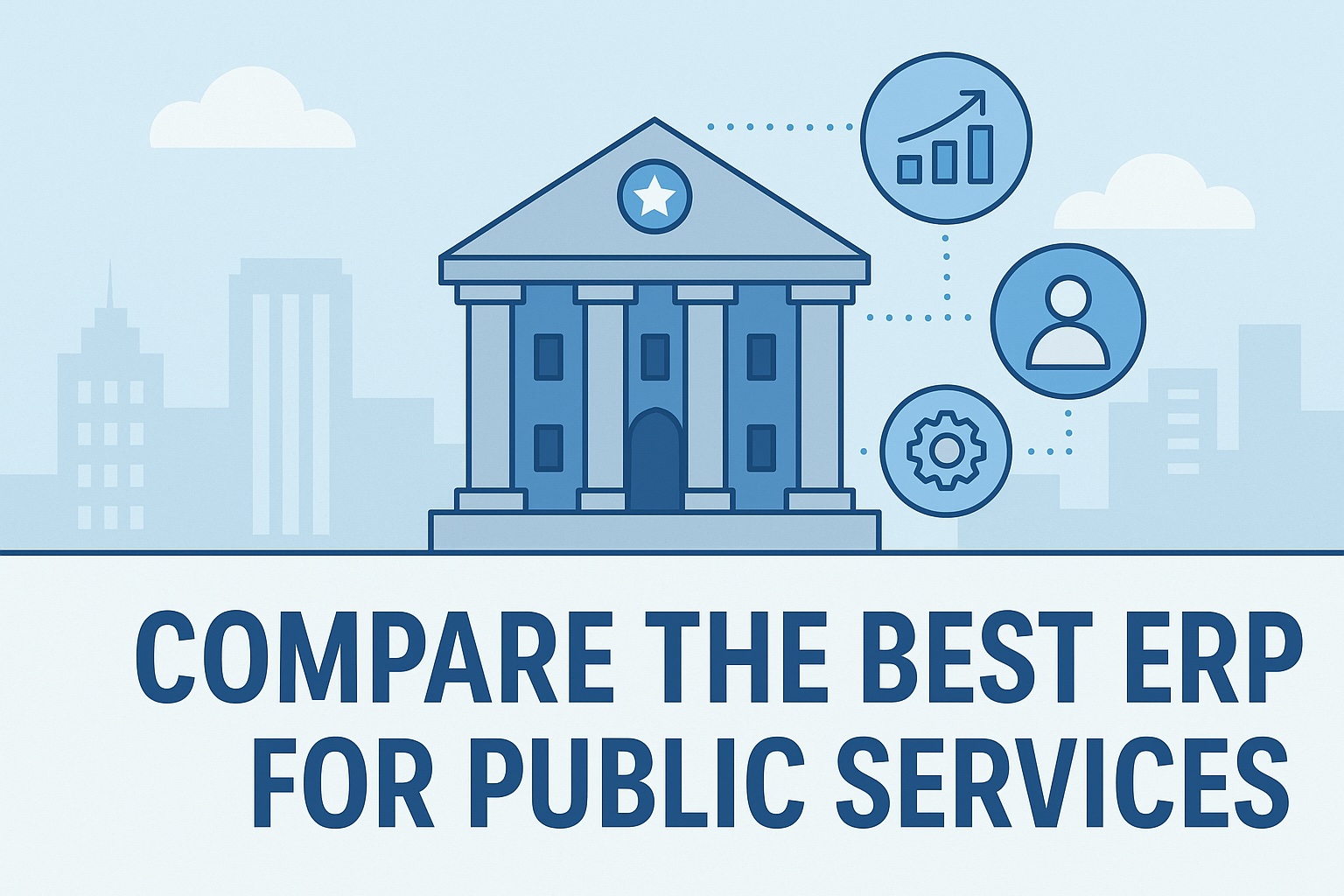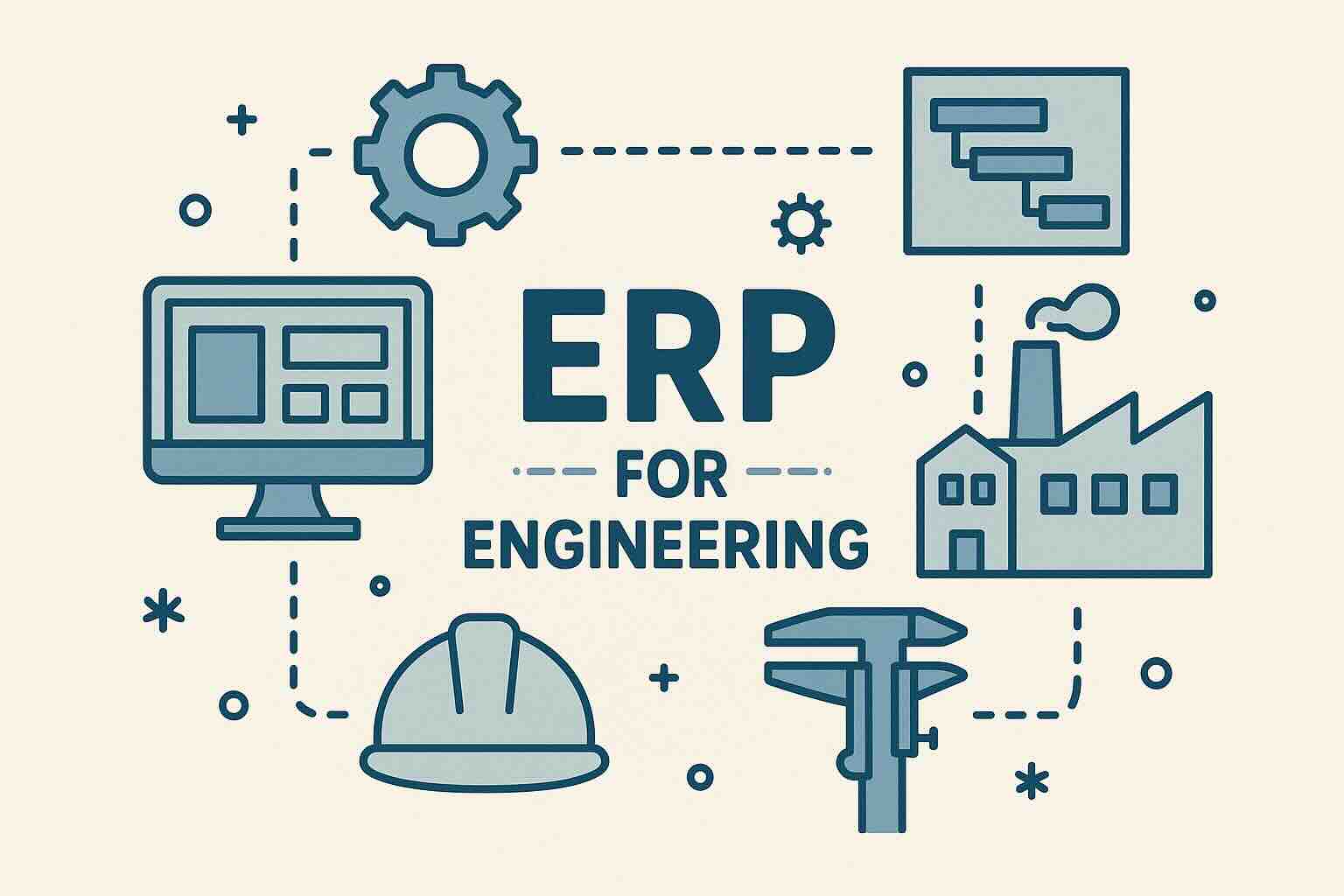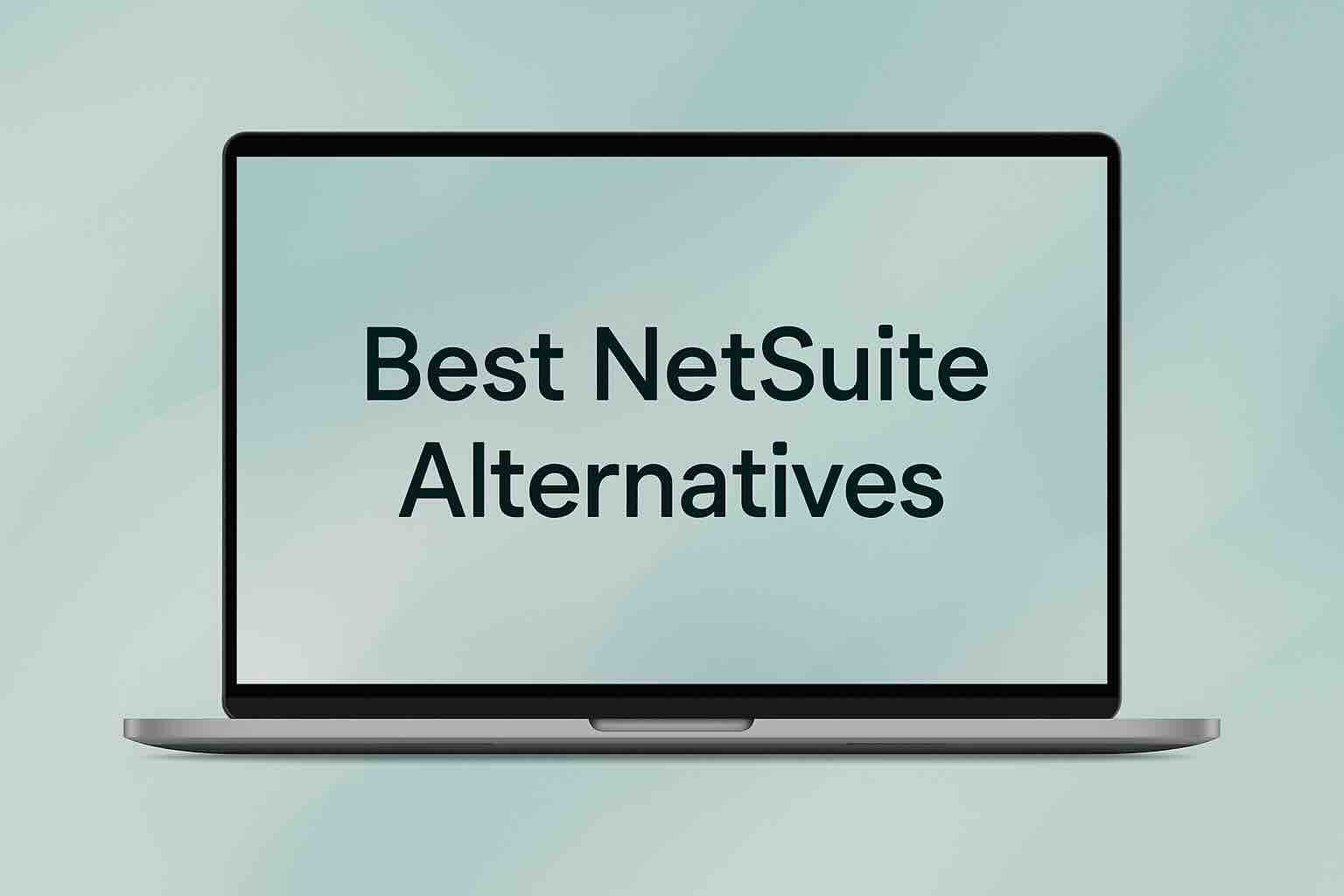Compare the Best ERP for Public Services

Public service organizations face complex challenges: managing resources efficiently, ensuring transparency, maintaining compliance, and delivering quality services to citizens. Traditional systems often create silos and inefficiencies. Enterprise Resource Planning (ERP) for public services, however, offers a way to unify operations, improve accountability, and enhance service delivery.
In this article, we’ll compare five leading ERP vendors for the public sector, SAP S/4HANA, Oracle Cloud, Infor, Microsoft Dynamics 365, and Workday – to help you evaluate which solution aligns with your organization’s needs.
SAP S/4HANA
Strengths
-
Comprehensive functionality: Covers financial management, HR, asset management, and citizen services.
-
Real-time data processing: Facilitates faster decision-making and responsiveness.
-
Advanced analytics: Delivers insights into compliance, service delivery, and performance.
-
Global reach: Supports multiple languages and currencies.
Weaknesses
-
High costs for licensing, implementation, and ongoing maintenance.
-
Complex implementation that often requires consultants.
-
Customization challenges, leading to added expense and development time.
-
Extensive training needs due to system complexity.
As a result, SAP is best suited for large, complex public-sector organizations. Smaller agencies may find the price tag and resource demands prohibitive. Click this link to find out more about SAP S/4HANA for public services.
Oracle Cloud
Strengths
-
Comprehensive suite: Finance, HR, citizen engagement, and asset management.
-
Scalability that supports both small and large operations.
-
Advanced security to protect sensitive citizen and government data.
-
Real-time analytics for immediate insights.
Weaknesses
-
High total cost of ownership, including licensing and support.
-
Complex implementation, requiring specialized IT resources.
-
Customization can be difficult, slowing deployment.
-
Significant training demands for staff adoption.
Importantly, Oracle has now surpassed SAP in ERP revenues, reflecting its strong market momentum and growing adoption across industries, including the public sector. Click this link to find out more about Oracle Cloud for public services.
Infor
Strengths
-
Industry-specific solutions designed for government and public services.
-
Cloud-based platform that scales flexibly with demand.
-
Integration capabilities with widely used public-sector systems.
-
User-friendly interface that shortens the training curve.
Weaknesses
-
Ongoing subscription costs can burden budgets.
-
Initial setup complexity, sometimes requiring consultants.
-
Customization limitations that necessitate extra development.
-
Mixed reviews on support, with some reports of delays.
Consequently, Infor’s CloudSuite Public Sector works well for agencies seeking industry-tailored features. Yet, decision-makers should weigh potential long-term support challenges before committing. Click this link to find out more about Infor for public services.
Microsoft Dynamics 365
Strengths
-
Seamless integration with Microsoft tools such as Office 365, Azure, and Power BI.
-
User-friendly interface that encourages adoption.
-
Extensive customization options for tailored workflows.
-
High scalability, making it suitable for agencies of all sizes.
Weaknesses
-
Costs can escalate with licensing and consulting fees.
-
Complex implementation that may require IT expertise.
-
Ongoing maintenance and updates add to resource demands.
-
Integration with non-Microsoft tools may prove difficult.
Notably, in 2025 Microsoft Dynamics 365 ranks as the #1 ERP vendor worldwide. Its AI-powered Copilot, faster deployment options, and public-sector adaptability give it a clear competitive edge. Click this link to find out more about Microsoft for public services.
Workday
Strengths
-
Comprehensive human capital management (HCM) for payroll, recruitment, and workforce oversight.
-
User-friendly design, promoting high adoption rates.
-
Cloud-native solution with regular updates and broad accessibility.
-
Real-time insights into financial and workforce performance.
Weaknesses
-
High subscription and implementation costs.
-
Limited industry-specific features, especially in asset management or citizen engagement.
-
Customization constraints, less flexible than SAP or Dynamics.
-
Integration challenges with third-party systems.
Moreover, Workday has been recognized as a Leader in Gartner’s 2025 Magic Quadrant for Cloud-Based ERP for U.S. Local Government, underscoring its strengths in HR and finance. However, the 2025 Seattle payroll failure illustrates how complex union pay rules and insufficient testing can derail even strong ERP platforms. Therefore, organizations must ensure rigorous planning and change management. Click this link to find out more about Workday for public services.
Conclusion: Choosing the Right ERP for Public Services
The best ERP for public services depends on organizational size, complexity, and priorities:
-
SAP S/4HANA: Ideal for global or highly complex agencies.
-
Oracle Cloud: Comprehensive and secure, with market momentum.
-
Infor: Tailored for public-sector needs, though support varies.
-
Microsoft Dynamics 365: Scalable, flexible, and market-leading in 2025.
-
Workday: Strong in HR and finance, but with certain limitations.
When evaluating ERP, decision-makers should weigh functionality, cost, scalability, and vendor support. In addition, lessons from real-world implementations show that success relies not just on software features, but also on preparation, governance, and user training.
By carefully assessing these vendors, public service organizations can choose an ERP system that enhances efficiency, strengthens compliance, and improves citizen services.
Ready to Compare ERP Solutions?
Implementing the right ERP system could be the game-changer your organization needs. With our AI-powered Compare ERP tool, you can effortlessly explore and compare solutions tailored to your unique requirements.
Our advanced engine analyzes millions of data points across 100+ ERP solutions, delivering your top three picks based on your priorities. Best of all, it’s completely free.
Take the first step toward streamlining operations and boosting productivity and start comparing today with Compare ERP.









